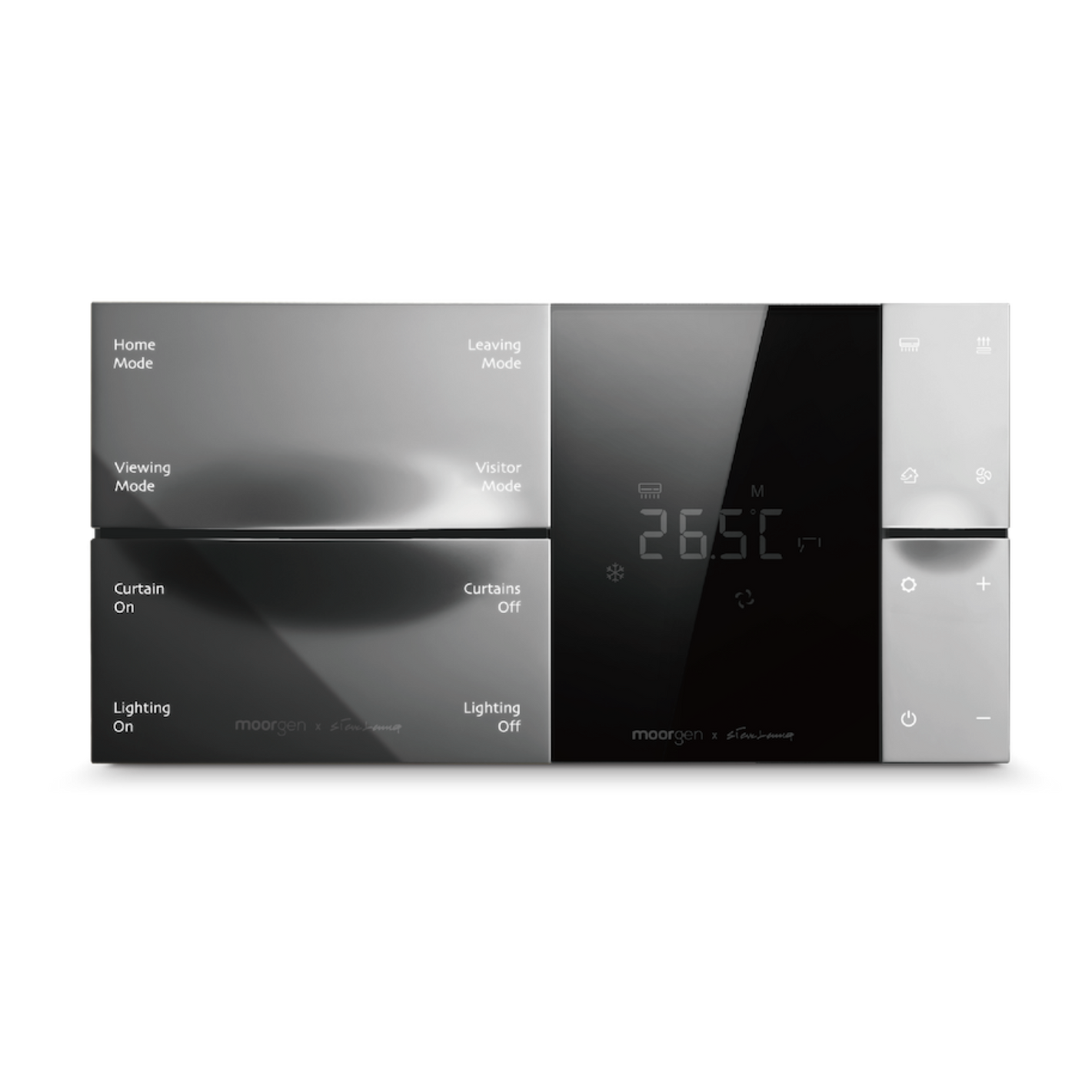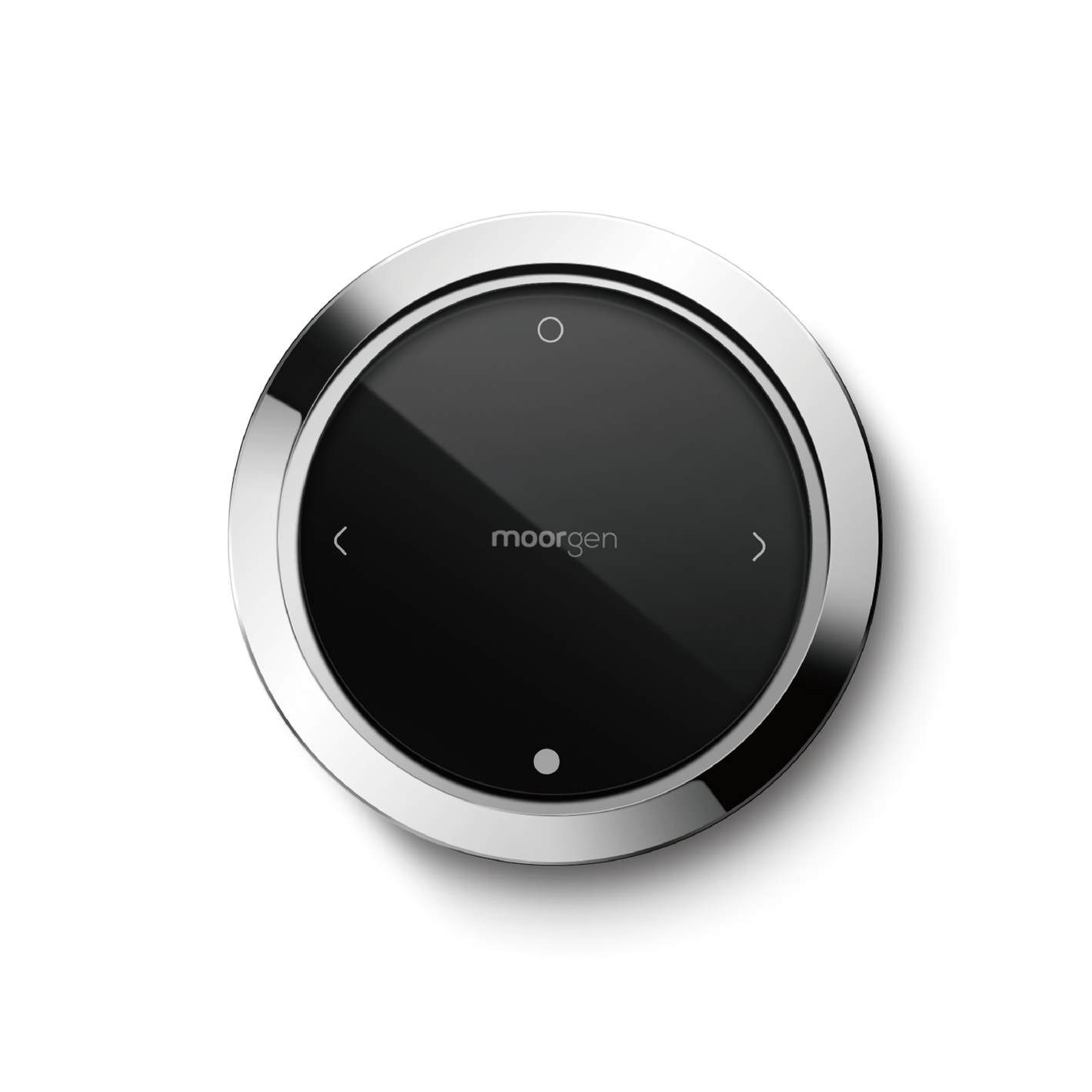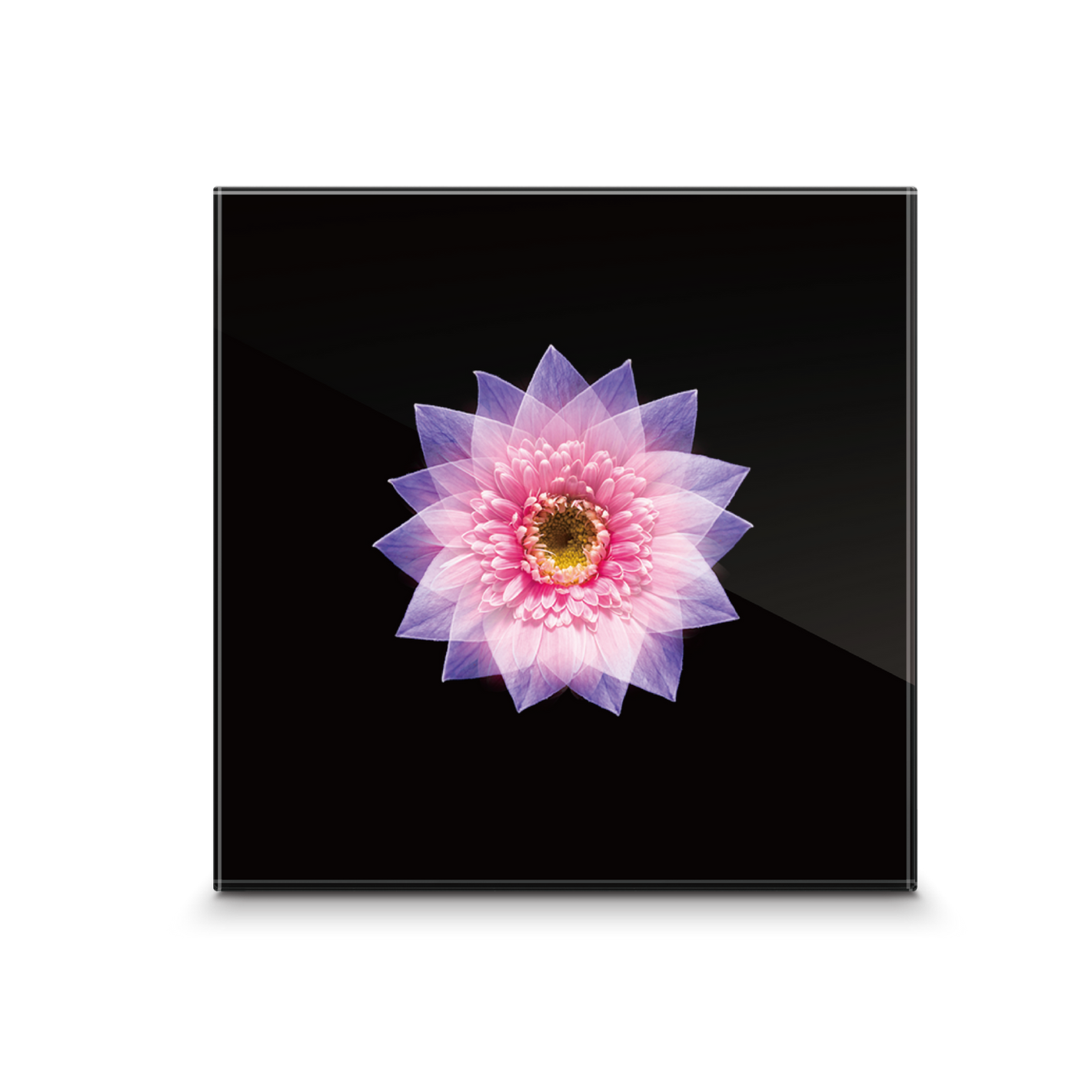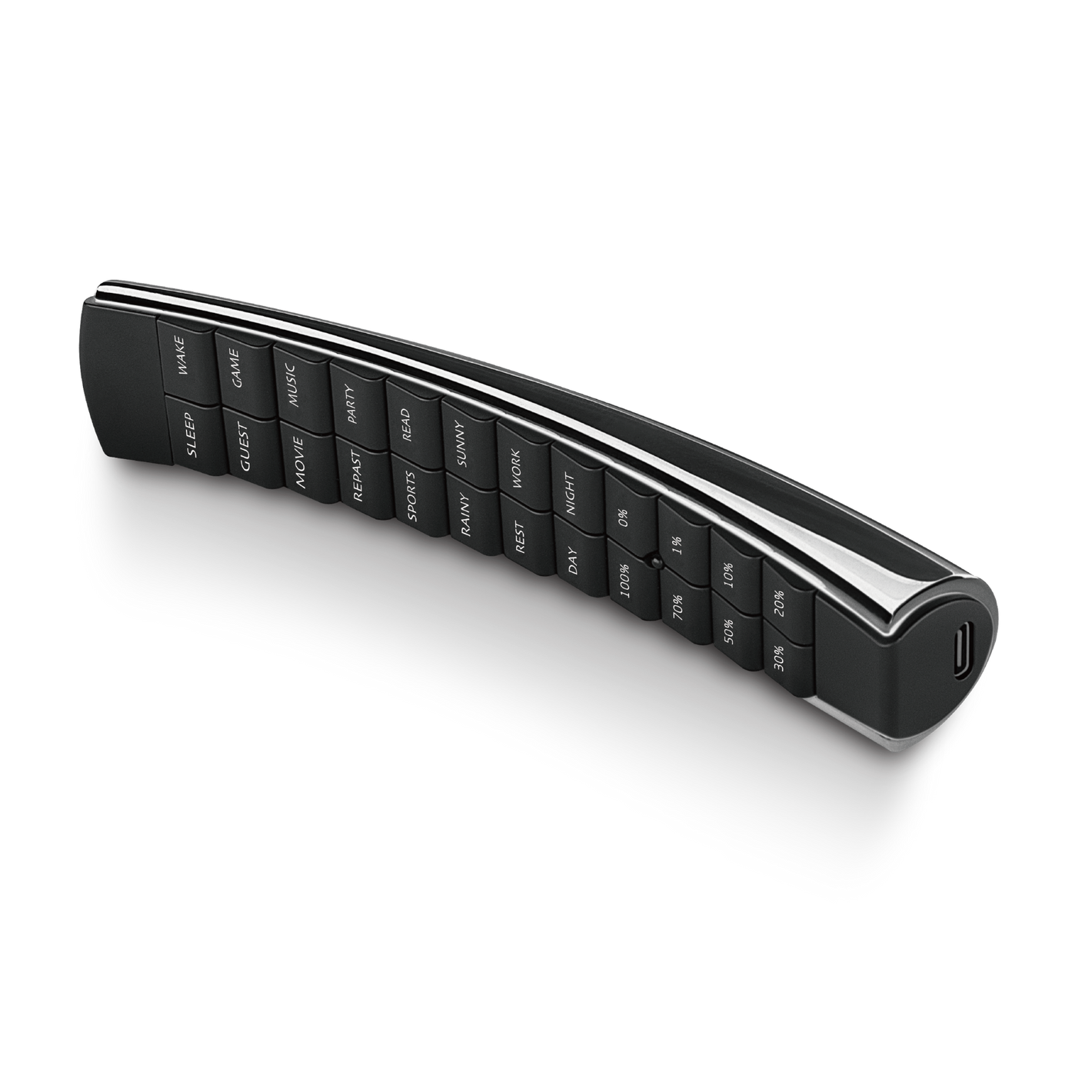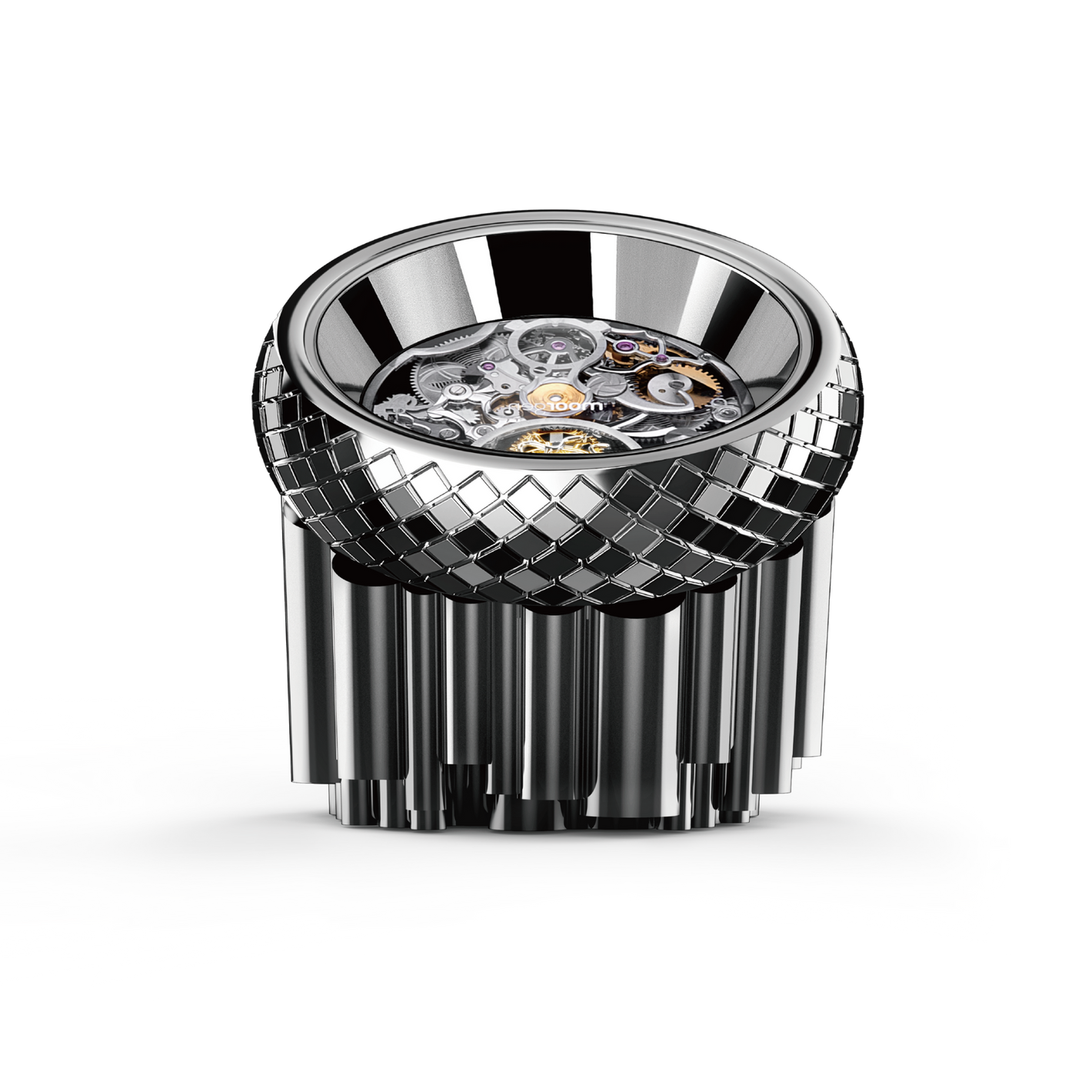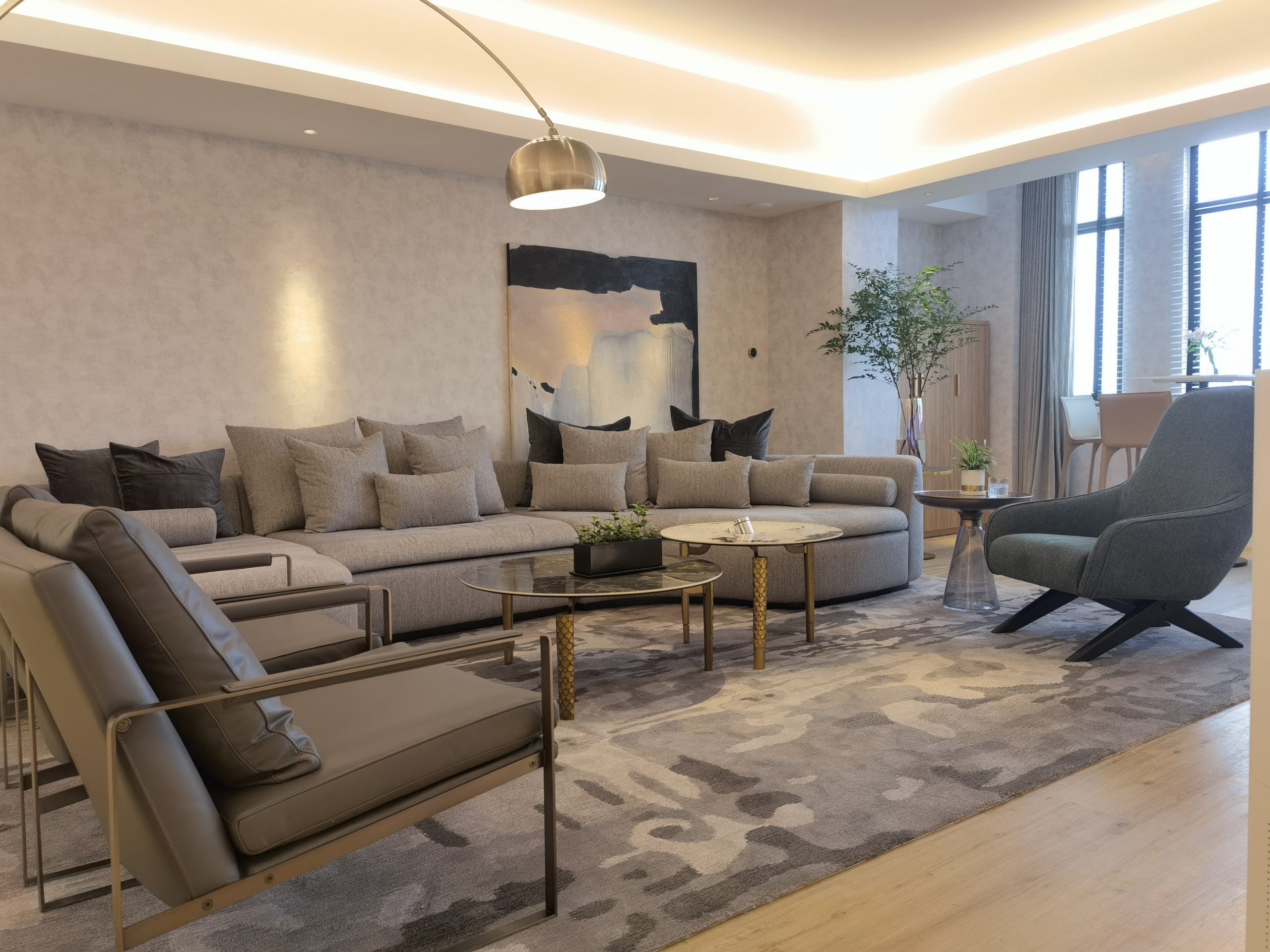[Smart Living] How to Choose LED Bulbs? Which Ones Are the Most Energy-Efficient?
LED bulbs are steadily replacing traditional incandescent bulbs and becoming the go-to choice for modern households. Their energy efficiency and performance have led many people to consider which LED bulbs are the best fit for their needs. In this Moorgenzine article, we'll help you understand the key factors to consider when choosing LED bulbs and how to select the most energy-efficient options.
How to Choose the Most Energy-Efficient LED Bulb?
- Wattage vs. Lumens Many people mistakenly believe that higher wattage means a brighter LED bulb, but this isn't true. Wattage (W) only indicates the power consumption of the bulb, while lumens (lm) represent the actual brightness. A higher wattage only means greater electricity consumption, not necessarily higher brightness. For example, an LED bulb with 10W can provide the same brightness as a 60W incandescent bulb. When selecting an LED bulb, you should determine brightness based on lumens rather than wattage alone.
|
Lumens (Brightness) |
Incandescent Wattage |
LED Wattage |
|
480 lm |
~40W |
~5W |
|
810 lm |
~60W |
~8W |
|
1500 lm |
~100W |
~12W |
|
1900 lm |
~120W |
~15W |
-
Luminous Efficacy Luminous efficacy is the number of lumens produced per watt of electricity and is an important indicator of a bulb's energy efficiency. Higher luminous efficacy means the bulb provides more brightness for the same amount of power, making it more energy-efficient. When choosing LED bulbs, compare their luminous efficacy to pick one that offers high brightness while consuming less power.
Comparison of common bulb types by luminous efficacy: LED Bulbs > Compact Fluorescent Lamps (CFL) > Fluorescent Tubes > Incandescent Bulbs - Bulb Lifespan The lifespan of LED bulbs is also an important consideration. Most LED bulbs on the market have a lifespan of 15,000 to 30,000 hours, and their longevity depends on factors such as operating temperature and heat dissipation. Choosing an LED bulb with good heat dissipation can extend its lifespan, reduce replacement frequency, and lower long-term costs.
- Color Temperature Color temperature (measured in Kelvins, K) is another key factor that affects the color and ambiance of light. Lower color temperatures provide warmer yellow light, suitable for relaxing spaces like bedrooms and living rooms, while higher color temperatures give off cooler white light, ideal for workspaces or study areas.
- 2,700K - 3,000K: Warm yellow light, ideal for bedrooms and living rooms.
- 4,000K - 5,000K: Natural light, suitable for kitchens and study rooms.
- 6,000K - 6,500K: Cool white light, suitable for offices and workspaces.
- Beam Angle The beam angle of an LED bulb determines the distribution range of the light. Traditional incandescent bulbs provide omnidirectional lighting (360 degrees), while LED bulbs can be designed with different beam angles to focus light. For example, desk lamps or work lights benefit from a narrower beam angle, while general room lighting like in living rooms or bedrooms should use bulbs with a wider beam angle.
- Bulb Base Compatibility When selecting LED bulbs, make sure the bulb base is compatible with your fixture. Common bases include E27 (standard screw base) and E14 (smaller screw base). Choose the appropriate LED bulb based on the existing base of your light fixture.
How to Use LED Bulbs for Maximum Energy Savings?
- Choose the Appropriate Brightness and Wattage Selecting the right brightness and wattage is the first step in saving energy. Different spaces have different lighting needs. For example, a bedside lamp might need a bulb with around 480 lumens, while a main living room light should have 1,500 lumens or more to ensure sufficient and comfortable lighting.
- Consider Placement Height LED bulbs have a smaller coverage area compared to traditional bulbs, so it's important to consider the installation height. For a room with a ceiling height of 2.5 meters, a bulb with around 1,250 lumens is recommended, while for a 3-meter ceiling, a 1,500-lumen bulb would be more suitable to ensure adequate light coverage.
- Select the Right Color Temperature Choose the appropriate color temperature based on the space's function. For example, use 2,700K warm light in the bedroom to create a cozy atmosphere, and use 6,500K cool white light in the workspace to enhance focus. This not only saves energy but also improves quality of life.
- Avoid Frequent Switching Although LED bulbs consume low energy, frequent switching can shorten their lifespan. Therefore, if you need to use the light repeatedly in a short time, keep it on to extend its lifespan and reduce replacement frequency.
Choosing LED Bulbs Involves More Than You Might Think!
When selecting LED bulbs, pay attention to factors such as lumens, luminous efficacy, bulb lifespan, color temperature, and beam angle to ensure you choose the most energy-efficient option for your household needs. Additionally, using LED bulbs wisely by selecting the right brightness, color temperature, and installation practices can help save energy and enhance quality of life.
If you have further questions about choosing LED bulbs or want to compare different models, feel free to visit the Moorgen showroom. Experience how smart home technology can transform your life by visiting Moorgen's North Point showroom in Hong Kong and discover "true smart living."
Frequently Asked Questions (Q&A)
-
What's the difference between wattage and lumens for LED bulbs?
Wattage measures a bulb's power consumption, while lumens indicate the brightness of the bulb. When choosing LED bulbs, focus on lumens instead of wattage since lumens more accurately reflect the bulb's actual brightness.
-
How do I choose the right color temperature for LED bulbs for my home?
Color temperature affects the color and atmosphere of the light. Warm yellow light (2,700K - 3,000K) is suitable for relaxing environments like bedrooms and living rooms, natural light (4,000K - 5,000K) works well in kitchens and study rooms, and cool white light (6,000K - 6,500K) is ideal for workspaces or offices.
-
Why is luminous efficacy important when selecting LED bulbs?
Luminous efficacy represents the number of lumens generated per watt of power. The higher the luminous efficacy, the more brightness the bulb produces with less power, which helps save on electricity bills.
-
How long do LED bulbs typically last?
Most LED bulbs last between 15,000 to 30,000 hours. Choosing an LED bulb with good heat dissipation can help extend its lifespan and reduce replacement frequency.
-
What should I keep in mind when installing LED bulbs?
When installing LED bulbs, pay attention to the beam angle and placement height to ensure the light effectively covers the desired area. Also, avoid frequent switching to extend the bulb's lifespan.
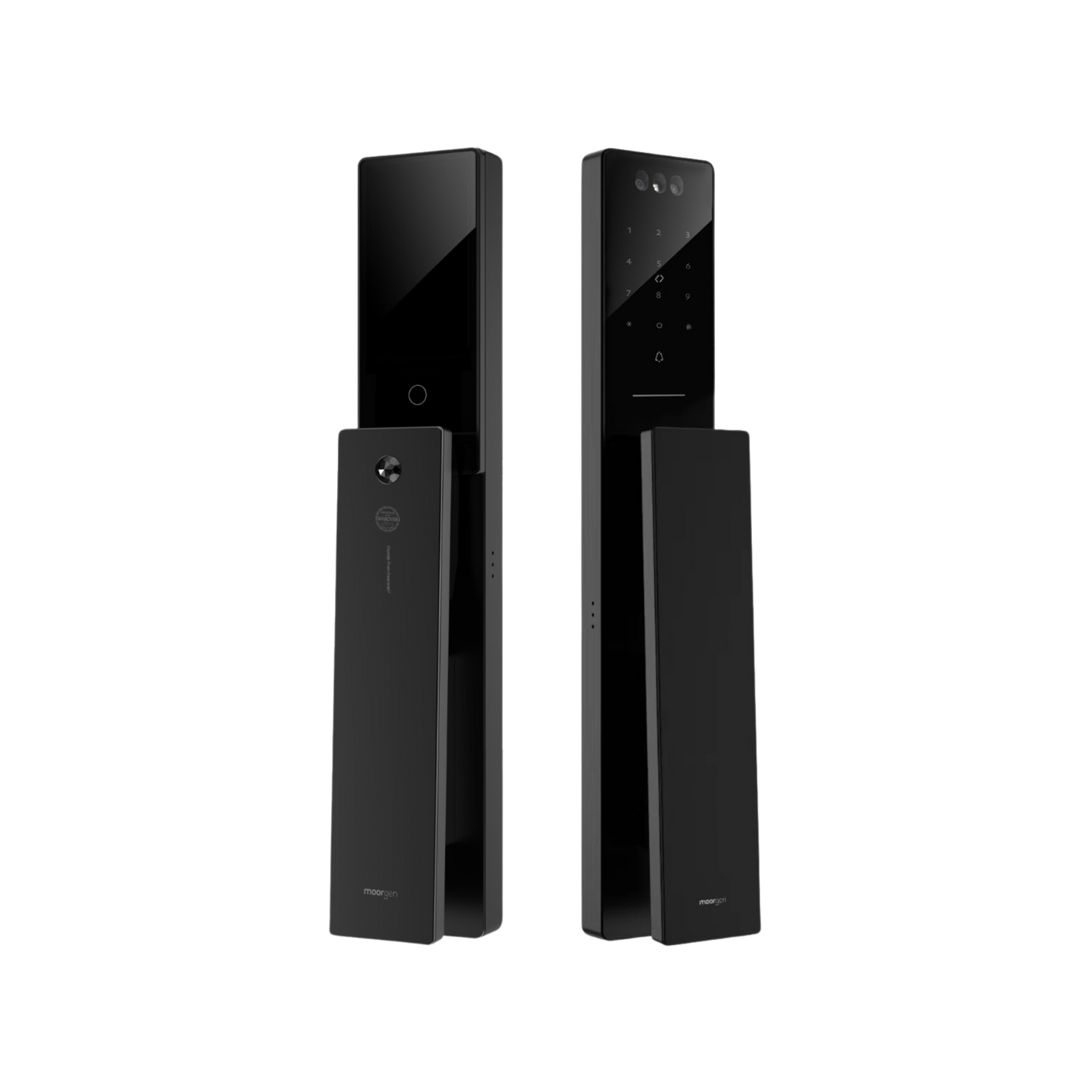

![[Smart Living] How to Choose LED Bulbs? Which Ones Are the Most Energy-Efficient?](http://moorgen.hk/cdn/shop/articles/blog_cover_moorgen_how_to_choose_led_bulbs.png?v=1728136975&width=1100)


![[Smart Living] How to Choose a Smart Power Strip? Swift Transform Your Home into a Smart Home!](http://moorgen.hk/cdn/shop/articles/blog_cover_moorgen_how_to_choose_smart_power_strip.png?v=1728137093&width=533)
![[Smart Living] How to Choose LED Bulbs? Which Ones Are the Most Energy-Efficient?](http://moorgen.hk/cdn/shop/articles/blog_cover_moorgen_how_to_choose_led_bulbs.png?v=1728136975&width=533)
![[Smart Living] How to Choose an Instant Hot Water Dispenser and Use It Efficiently?](http://moorgen.hk/cdn/shop/articles/blog_cover_moorgen_how_to_choose_instant_hot_water_dispenser.png?v=1728136837&width=533)
![[Smart Living] 5 Energy-Saving Tips for Electric Kettles](http://moorgen.hk/cdn/shop/articles/blog_cover_moorgen_energy_saving_tips_electric_kettles.png?v=1728136710&width=533)
